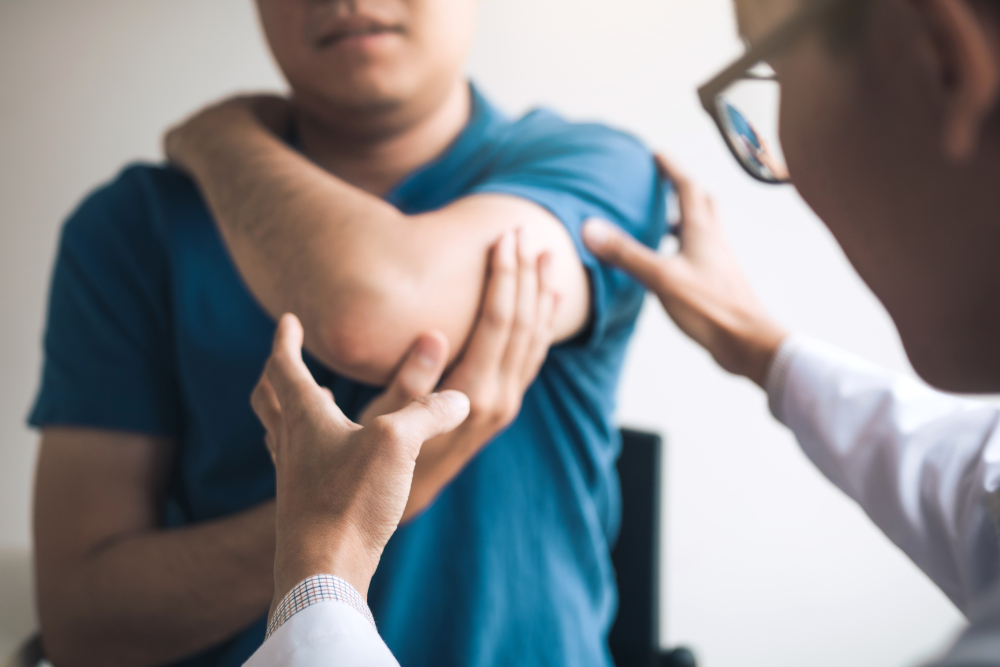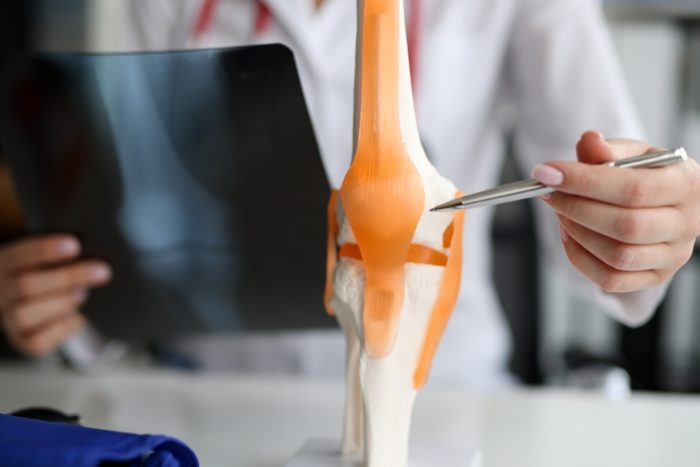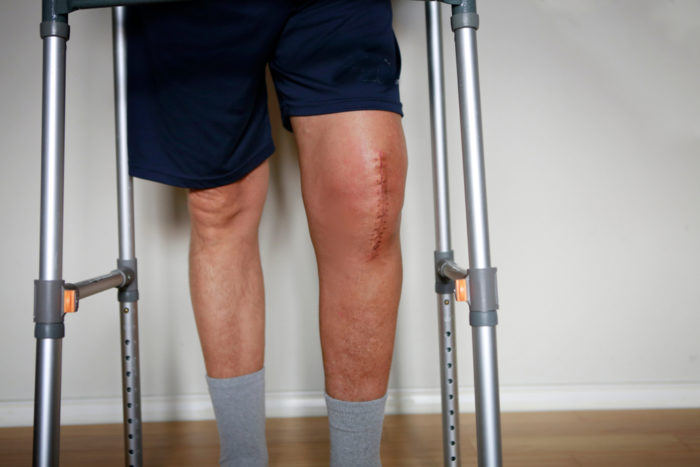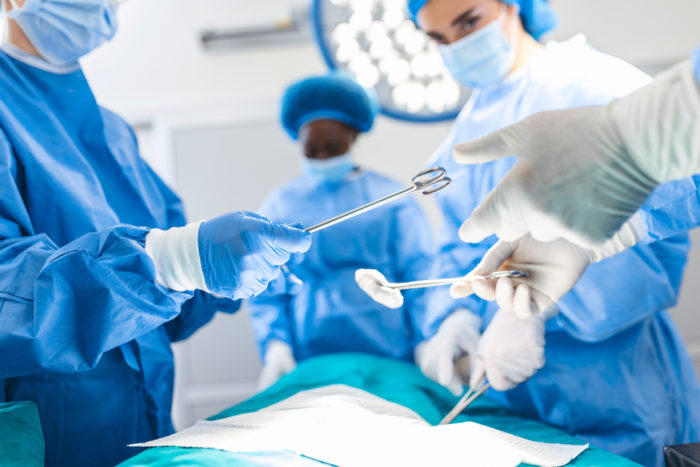What Is The Most Common Complication After Joint Replacement?

The most common complication after joint replacement surgery is infection. While joint replacement surgeries are generally safe, infections can occur in and around the joint, leading to serious complications and potentially requiring additional treatment.
Infection can happen during or after the surgery and may be caused by bacteria entering the surgical site. Risk factors for post-joint replacement infection include:
- Pre-existing infections or skin conditions
- Diabetes or other chronic health conditions
- Obesity
- Smoking
- Weakened immune system
- Poor surgical technique or improper sterilization
- Prolonged hospitalization or wound care
Symptoms of a joint replacement infection may include increased pain, redness, warmth, swelling, fever, chills, and drainage from the incision site. If an infection is suspected, prompt medical attention is crucial to prevent further complications and to manage the infection effectively.
Other potential complications following joint replacement surgery may include:
- Blood clots: Deep vein thrombosis (DVT) or pulmonary embolism (PE) can occur when blood clots form in the legs and travel to the lungs.
- Implant failure: The artificial joint may loosen, wear out, or dislocate over time, necessitating revision surgery.
- Nerve or blood vessel damage: In rare cases, nerves or blood vessels around the surgical site can be injured during the procedure.
- Allergic reactions: Some individuals may be allergic to materials used in the prosthesis.
- Fractures: Bones near the artificial joint may sustain fractures during surgery or later due to stress on the joint.
- Pain or stiffness: Some individuals may experience ongoing pain or stiffness even after successful joint replacement surgery.
While complications can occur, most joint replacement surgeries are successful, and patients experience significant improvements in joint function and quality of life. Orthopedic surgeons take various precautions to minimize the risk of complications, such as using sterile techniques, prescribing antibiotics during surgery, and advising appropriate post-operative care and rehabilitation. Regular follow-up visits with the surgeon and adherence to their instructions can help in the early detection and management of any potential issues.



